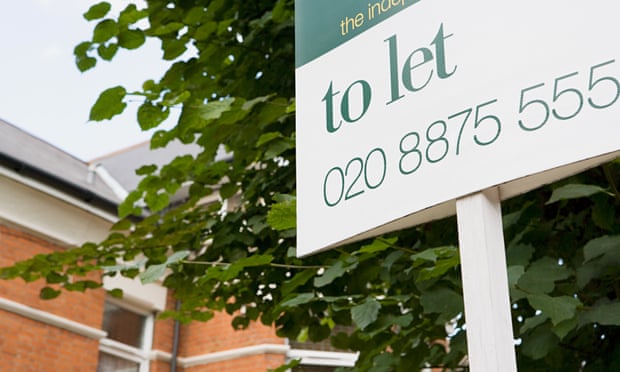The Bank of England is gaining powers to curb any lax lending in the fast growing buy-to-let mortgage sector, an area it has identified as posing a potential risk to the financial system.
The Treasury is to give Threadneedle Street the ability to restrict the size of loan relative to the value of a property and also limit the size of loans relative to the amount of rent landlords receive to cover interest payments.
It follows a consultation which was launched by the Treasury in December, at a time when the Bank was warning about the impact of the sector, because of concerns that landlords would be more likely to sell if they ran into payment difficulties; in turn, the markets could be flooded with properties and affect home buyers.
The chancellor, Philip Hammond, said: “It is crucial that Britain’s independent regulators have the tools they need to keep our financial system as safe as possible.”
The powers are technically being given to the Bank’s financial policy committee (FPC), which was set up following the banking crisis to look for the large risks to financial stability.
“Expanding the number of tools at the financial policy committee’s disposal will ensure that the buy-to-let sector can continue to make an important contribution to our economy, while allowing the regulator to address any potential risks to financial stability,” Hammond said.
The Bank is expected later this week to set out its ideas for how it might use its powers. It will be able to use the powers next year once legislation is approved by MPs and peers.
It has already taken some action to curb the buy-to-let mortgage market, which has fuelled lending growth. In March the FPC set out measures intended to reduce the number of new buy-to-let mortgages by between 10% and 20% during 2018.
The measures included requiring lenders to consider landlord costs associated with letting properties, including tax, and verifying incomes if earnings were to be used to support a loan.
The Bank is also alert to tax changes, to see if they will have an impact. From 2017 tax relief for buy to let will be reduced to a flat rate of 20% compared with the current 40% or 45%, while an extra 3% has been added to stamp duty on buy-to-let purchases. Some lenders are already making changes to their borrowing terms.
In June 2014, the Bank intervened in the residential mortgage market, barring lenders from granting more than 15% of their mortgages to customers needing to borrow four-and-half times their income.


